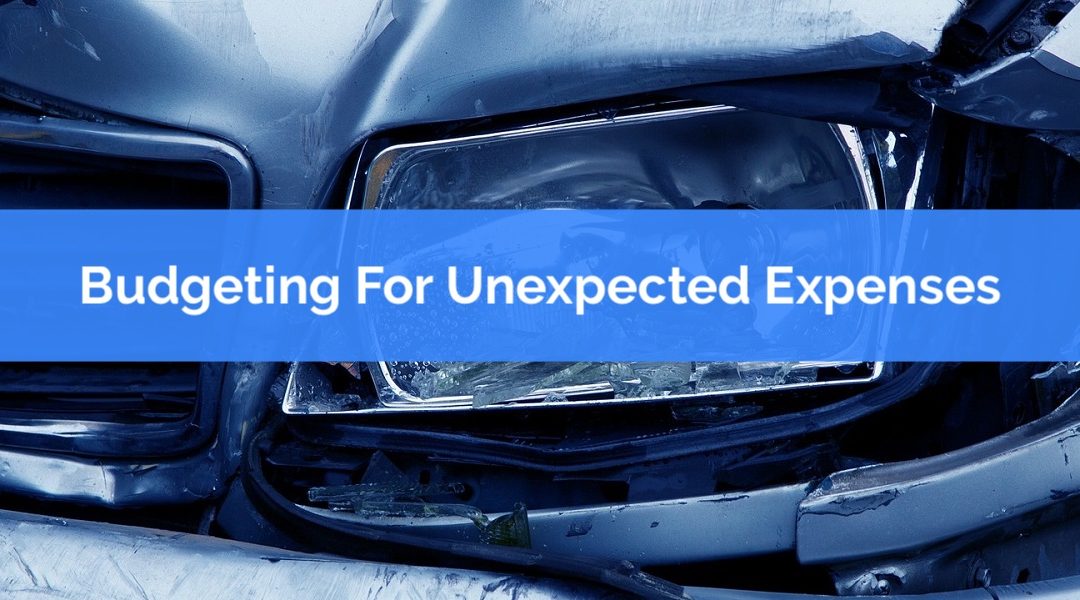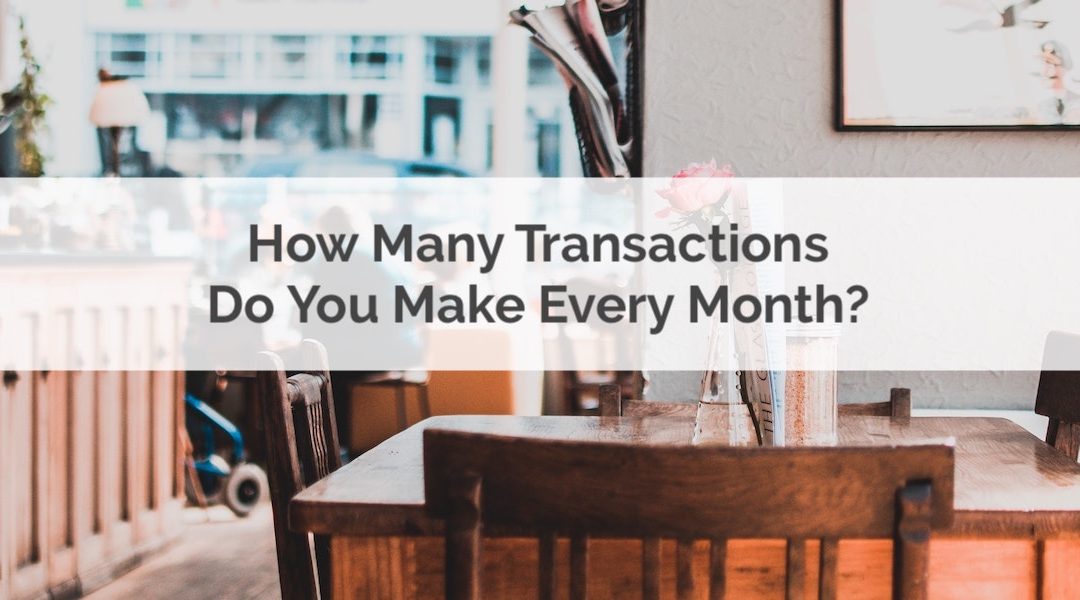
by Owen | Jul 30, 2018 | Behavioral Finance, Budgeting
Habits drive a lot of what we do. Habits are subconscious and they form in weird ways. Did you know that a lot of our spending is driven by past decisions?
We all have this weird desire for coherence. We want things to be consistent. We judge current spending decisions based on past spending decisions. We want to keep things consistent so we make decisions based on what we did in the past (or what we’ve seen other people do).
We’d like to think we’re in control of our spending but that’s not really the case. We’re influenced by things we purchased in the past, or things friends have purchase, or co-workers, or even our family. We’re even influenced by random people we have no relationship with like the people in advertisements.
Arbitrary coherence is the idea that the first decision we make, or the first piece of information we receive regarding a decision, is arbitrary, we don’t have any reference point or anchor to evaluate this new piece of information so it’s very arbitrary. But after we get that initial piece of information we start to use it as a reference point, and subsequent decisions are made using it as a reference.

by Owen | Jul 16, 2018 | Budgeting, Buying A Home, Financial Planning
Interest rates are going up and that’s putting a squeeze on anyone with debt. Whether it’s a mortgage, student loans, or a line of credit, you’re about to feel the sting of higher rates. We’ve had unprecedentedly low rates for almost 10 years now and forecasters have repeatedly called for higher rates, and it seems that they’re finally right.
The Bank of Canada just increased their rate again making this the 4th increase in the last 12 months. That increase means we’re being charged an extra 1% interest on variable rate debt versus last year. It also means any we’ll be charged an extra 1% on any new fixed rate debt. On a $350,000 mortgage that’s an extra $3,500 per year in interest charges or about $300 per month!
Rising interest rates impact all kinds of financial products. Variable rate mortgages, new fixed rate mortgages, lines of credit, home equity lines of credit and of course, student loans too.
Not only are we paying more for our current debt but rising interest rates also make it more difficult to qualify for a new debt too. Higher rates will decrease the amount of money you’re qualified to borrow. A household earning 80,000 per year will see their home buying budget decrease by $28,000.
There are a few strategies you can use to immunize yourself from the impact of higher rates, at least for a short period of time. From a few months, to a few years, to a decade, these strategies can help you avoid the sting of rising rates.

by Owen | Jun 25, 2018 | Behavioral Finance, Budgeting
Have you ever had a project that just seems to last forever? Or maybe a chore that seems to take all weekend?
You may have never heard of Parkinson’s Law but you’ve probably experienced it. Parkinson’s Law is when “work expands to fill the time available for its completion”.
Simply put, if you have 3 hours to complete a task then it’s probably going to take 3 hours. If you have 3 days to complete a task then it’s probably going to take 3 days. The work expands to fill the time you have available.
Parkinson’s law applies to finances too. Lifestyle inflation is a great example of this. You get a raise and your lifestyle expands to match it. You spending increases until you’ve used up all your raise. Not necessarily because you needed it, not even because you wanted it, but because it was available.
Another good example is lottery winners. Lottery winners expand their spending to match the amount of money they have available. Whether thats $1,000 or $100 million. Lottery winners are notoriously spendthrift and that might be due to Parkinson’s Law (among other factors).
Thankfully you can use Parkinson’s Law to your advantage and if you struggle with budgeting then this is one simple budgeting trick you have to try.

by Owen | May 14, 2018 | Budgeting
Budgeting for the unexpected. Planning for the unplanned. It seems like an oxymoron, but it’s an important budgeting tool that can help you stay on track financially.
Unexpected expenses can be a real pain in the @$$. You can go months with a perfectly balanced budget only to have it blown out of the water by some unexpected expense.
Sometimes it’s car related, like a car repair, new tires, or annual license plate renewal. Or sometimes it’s home related, like a leaky sink, a broken window, a leak in the roof. Or sometimes it’s around the holidays when the gifts receipts are piling up.
Whatever the reason, unexpected expenses can be a real buzz kill. But are they all unexpected? Or can we budget for some of these expenses in advance?
A solid budget should include some room for these unexpected expenses. We’re not talking about adding “buffer” to your budget. Budgeting for unexpected expenses should be strategic and planned.
Many unexpected expenses fall into three buckets, vehicle related, home related, and life related.

by Owen | May 7, 2018 | Behavioral Finance, Budgeting
Tracking your spending is a foundational personal finance habit. It creates a solid base from which you can improve other parts of your personal finances. Without that strong based you’ll find that money always seems to disappear between the cracks. This makes it very hard to get ahead. Every month you’ll find yourself wondering where all the money goes.
Building a solid financial base of financial habits is the only way to improve your finances.
Tracking your spending isn’t sexy, but it’s super important. Like any tall building this is part of the foundation that sits below the surface, unloved and unappreciated, while the beautiful architecture above the surface gets all the attention and praise. The foundation is always there, carrying the weight of the building, keeping it from collapse.
Tracking your spending can be easy, and it can even be fun, you just need to find the right method for you.
Tracking your spending has a big impact. Once you know where your money goes you can decide if it aligns with your values and goals. When you start tracking your spending you’ll almost certainly find some waste. There is always some wasted spending that doesn’t align with your values and goals. But, it’s hard to see it until you see your spending summarized over a few weeks or months.
Tracking your spending lets you change your spending habits slowly over time. You can focus on one budget category for a few months and slowly see the impact of the changes your making. Without tracking your spending it’s hard to see if your efforts are having an impact.
In this post I’ll share six ways to track your spending. Try them out. Find the one that works for you.

by Owen | Apr 30, 2018 | Budgeting, Saving Money
Lots of us track our spending. Tracking your spending is one of those foundational personal finance habits. It’s not something that comes naturally. This is a habit that requires work. Sure… you can reach your financial goals without tracking your spending, but it makes it harder, and why would you make things harder?
Tracking your spending doesn’t have to be difficult. At PlanEasy.ca all of our clients, including myself, use a simple online form to track our spending. Make a purchase, pull up the form, enter the amount and the category and hit submit. Easy.
All that data gets put in a neat little summary. It shows you the typical things like spending month-to-date, spend vs budget, total spend, etc.
But one of the neat things we included in our summary is how many transactions you make. How many transactions you’ve made over the last 30 days. The average number of transactions per day. How many “no spend” days you’ve had and your longest “no spend” streak.
I’m a firm believer that a lot of our spending is driven out of habit. You walk by a certain store, coffee shop, restaurant and out of habit you go in and you buy something.
Spending habits are easy to form. There is a clear “cue, routine, reward” cycle. The cues are everywhere in the form of advertising, marketing, sales, promotions, etc. The routine is simple, pull out your credit card and buy something. The reward is that immediate satisfaction you get from your purchase. It’s addictive.
Spending habits are hard to break. The way to break them is not by tracking how much money you spend, it’s by tracking how many times you spend money. It’s by tracking how many transactions you make each month, week, or day.
The more transactions you make, the more you reinforce your spending habits, and the harder they are to break.
Instead of focusing on how much you spend, try focusing on the number of transactions you make. Try to go for “no spend” streaks of 2, 3, 4, 5+ days in a row, or try going cold turkey and do a no spend month!
As you start to reduce the number of transactions you’ll also start to break those spending habits and you’re definitely going to be spending less each month.
Page 9 of 12«...7891011...»






